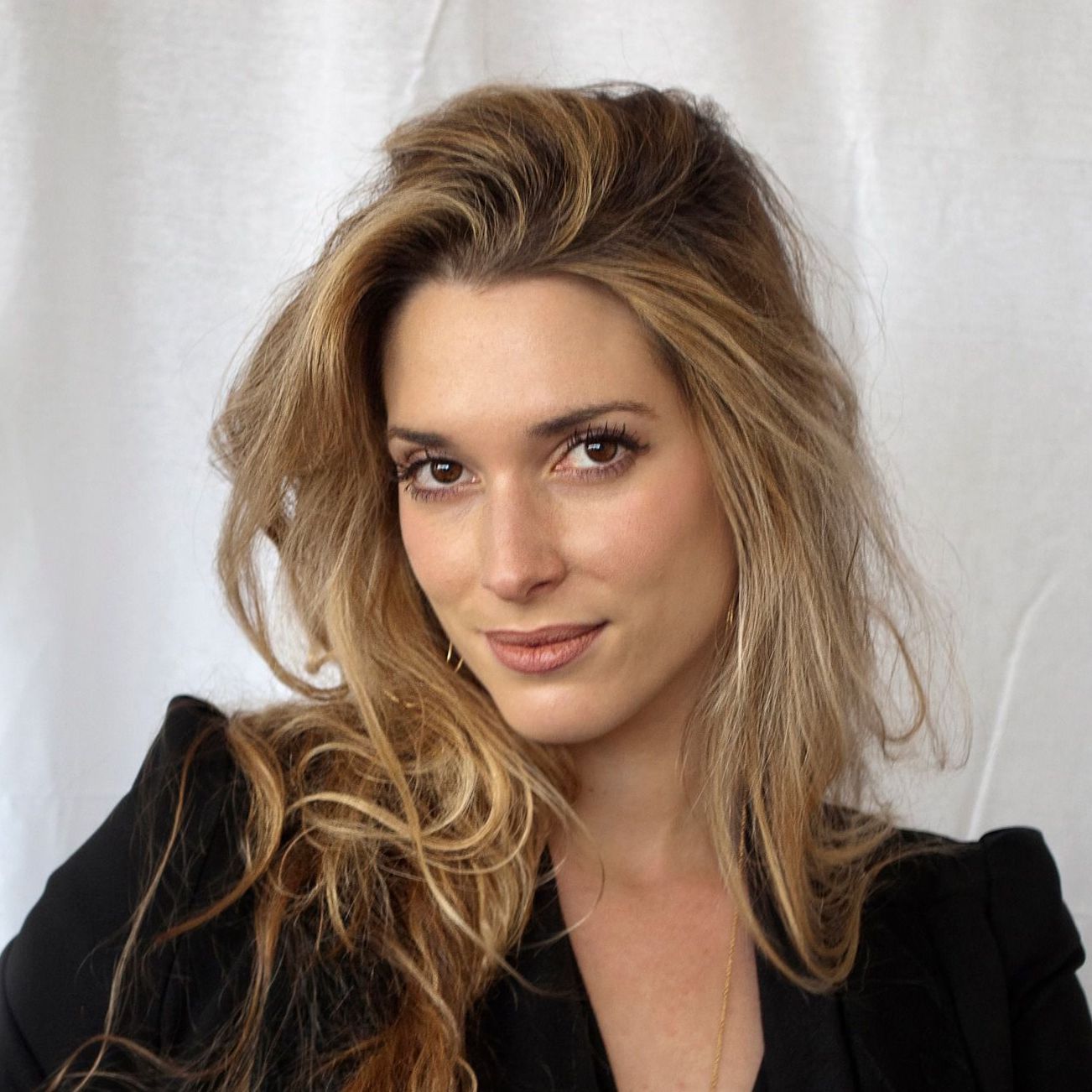Don’t be fooled by the ardent Americana on display in the Oscar-nominated homage to silent film, because the only thing not utterly Jewish about “The Artist” is its abstention from dialogue.
The film is in fact the product of a Jewish troika that includes director Michel Hazanavicius, producer Thomas Langmann and movie kingpin Harvey Weinstein.
When I met Hazanavicius for a short interview the other day (he was between lunch and a spot on Piers Morgan), I was surprised to learn that he is the child of both parents and grandparents who survived the Nazi occupation of France during World War II. He seemed at ease discussing it, though his answers were sometimes cursory.
“In France, it’s really different the way you live. It’s a non-religious country,” he explained. “So the public space is not religious; religion is a private thing.”
Not in Hollywood, I told him.
“Here I know that there’s no problem. I mean, I’m not ashamed of being Jewish, but I am also not proud.”
Before you get excited, dear Jewish readers, consider the context. Because language barrier aside, I understood what he meant. He wasn’t being judgmental about his Judaism—in fact, he emailed afterward, “I’m very proud of being Jewish but I’m very private about it, and I respect all religions”—but he simply wasn’t raised with a substantive Judaism. His inheritance was a Judaism of trauma; his parents spent the formative years of their childhood hiding from the Nazis. The war changed everything. The Holocaust left scars… and silence.
“My grandparents didn’t talk,” Hazanavicius said. “There’s a lot of things that you can’t say. You know some of [my relatives] came back from the concentration camps and they tried to say…”
But something is lost in translation.
Hazanavicius goes on to tell me that his parents and grandparents avoided the camps because they were politically connected. When whispered conversations became ominous, they immediately made plans to flee Paris. In the countryside, his grandparents had no recourse but to protect their children by disavowing their Judaism. Hazanavicius recalled that one grandfather, a French resistance fighter, “told all his [Jewish] friends: ‘Don’t go register yourself as Jewish people. Don’t do it, just don’t do it. Don’t wear the yellow star.’”
And this is a Jewish story. It is one in a long, unending thread in a tradition of storytelling that had to endure a moment of silence but is again finding its voice. Funny how a silent movie, in the words of the poet Walt Whitman, can “contain multitudes.”
On Friday, Langmann, the film’s producer and the son of French director Claude Berri whom French President Nicolas Sarkozy called, “the most legendary figure of French cinema” told the New York Post’s Page Six that he and Hazanavicius shared an “emotional connection” beyond the film. Berri, who was the son of a Polish Jewish father and Romanian Jewish mother made his first film, “The Two of Us,” a story about a French-Jewish boy sent to the country to hide from the Nazis.
“The Artist” itself, I pointed out to Hazanavicius, is a story about transformation – a central message of the Jewish tradition. I’m only a little embarrassed to add that I actually sat in that wine bar weaving metaphors about “The Artist” and the Exodus story. From slavery to freedom, from degradation to dignity…!
He probably thought I was crazy.
And yet, he told Charlie Rose almost the same thing: “To me the story is more about how a man, a human being, has to adapt himself in a transition period. And, how when your world is changing, you have to face that period.”
No red carpets in the desert (though Oscar would be thrilled to know there were indeed golden statues).
“I think all the history of the Jewish people is about adaptation,” Hazanavicius told me. “Because for so many so many years, like 2000 years, they were a people that didn’t have any country, so they had to adapt themselves to protect themselves. How do you continue to be what you are but also live with other cultures? That’s the bipolar issue of being Jewish.”
Simon Wiesenthal Center founder Rabbi Marvin Hier told the New York Times’ Michael Cieply he saw in the film a moral tale about human evolution:
In “The Artist” Rabbi Hier detects the story of a man, Jean Dujardin’s George Valentin, who wrestles with a universal question: What do you do when the lights go out?
“You can either cry about it and make demands,” he said. Or, like Valentin, you can retool yourself. “In the end he finds love, he learns to become a dancer,” said the rabbi, who recalled a passage in Psalms about stretching one’s allotted years to 80, 90 or more by showing inner strength.
Transformation. Adaptation. Retooling. Through silence, “The Artist” teaches the power of communicating without words, the power that lies in a look, a gesture, a dance. But it is also a story about change, the need to adjust when the things we most rely on disappear. And the answer it offers is in reinvention and return, to words, to stories, to the universal language of love.






















 More news and opinions than at a Shabbat dinner, right in your inbox.
More news and opinions than at a Shabbat dinner, right in your inbox.